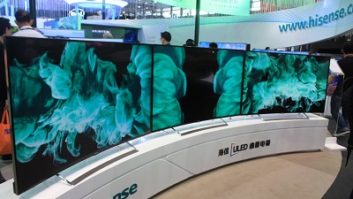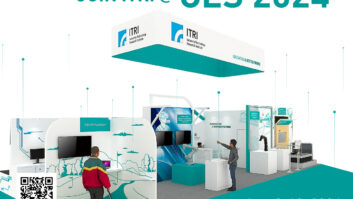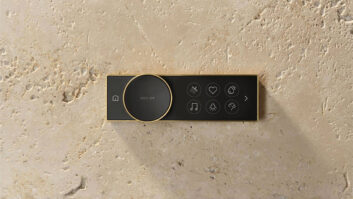LAS VEGAS – 3D printers are still in their infancy as a mainstream consumer product, but a number of companies are charging ahead, attempting to change this situation, especially during International CES, here, this week.
The research firm Gartner is forecasting that by 2015, 3D printers will be found on store shelves in many of the top national retail chains.
This growth will be spurred on by consumer 3D pioneers like Makerbot, but the print big boys are also poised to make a splash. Hewlett-Packard has announced plans for a 3D printer in 2014; Epson has had a commercial unit available for several years, and Canon is distributing a third-party 3D printer in Japan.
Despite the small niche it now occupies, 3D printing is not a total stranger to retail; several models are now available at Staples, Amazon and Best Buy, among others. Consumer awareness of the category is still a work in progress, but it is growing.
“Consumer awareness is growing every day, as users begin to understand what the functionality of 3D printers makes possible,” said Peter Gerstberger, Staples senior category merchant. Staples entered the category in May 2013.
Gartner research director Pete Basiliere agreed, saying, “While still a nascent market, with hype outpacing the technical realities, the speed of development and rise in buyer interest are pressing hardware, software and service providers to offer easier-to-use tools and materials that produce consistently high-quality results.”
Gartner is predicting the 3D printer market will reach $133 million in 2014, up from $87 million in 2013. In contrast, 3D printers selling into the enterprise space will see sales of $536 million this year, up from $325 million last year.
“We foresee consumers moving from being curious about the technology to finding reasons to justify purchases as price points, applications and functionality become more attractive,” Basiliere said.
IDC is being a bit more bearish on the category, with Amy Machado, senior research analyst, U.S. hardcopy peripheral and production trackers, saying she does not believe 3D printers will become a standard household item.
“We see the home user being the tinkerer or hobbyist well into the future, with the primary users being entrepreneurs and designers,” Machado said, adding that the average consumer does not know CAD and that is a big drawback.
However, since the 3D printer market is essentially starting from a base of zero, the product increases will appear healthy she said. IDC said that in 2012, about $28 million worth of 3D printers were shipped worldwide. This equated to about 22,000 desktop printers being shipped. In 2013, IDC is forecasting 56,000 printers shipping, and the 3D printer markets will grow to about $302 million by 2017, Machado said.
Gerstberger said that Staples’ 3D printer customers are a mix of small businesses, entrepreneurs and people with home-based business, particularly those from the design community.
While several factors are working in favor of increased consumer interest in 3D printing, there are still a few hurdles to be cleared: pricing and a “killer app” that will catch the consumer’s eye.
As new models come online by both the current crop of manufactures and the big-name brands, prices will fall. Right now printers range from around $500 to several thousand dollars, with commercial-grade models going for much more.
This will lead to more retailers picking up the product category. Gartner expects that seven of the largest 50 multinational retailers will sell 3D printers through their brick-and-mortar and online operations by 2015.
While all the 3D printers for sale at retail now are from lesser-known companies, the big players in the traditional printing industry have not missed out, Machado said.
“HP will definitely have an impact because of its size and established retail relationships,” Machado said, adding the company’s 3D play could come via a homegrown product or by acquiring an outside firm.
In addition, a 3D version of Kinkos is in the process of developing with retailers offering actual 3D printing services to customer who do not have their own 3D printer.
Mcor Technologies has had such a relationship with Staples since Nov. 2012.
The other piece of the puzzle to help convince consumers to take the plunge on a 3D printer is a compelling reason to make the purchase.
Basiliere said the hands-on experience people will receive experimenting with the printers in stores is part of the solution, but a gripping application is also needed. He sees this being developed by 2016, when the manufactures and enthusiast users have had time to develop new concepts.
Staples’ Gerstberger said such an application is already here. He pointed the 3D scanner devices coming out by companies like Cubify and AIO. These let the owner scan any object and then print it out. Staples started carrying the $399 Cubify Sense scanner in November. “We really think this will help drive mass adoption,” he said.












